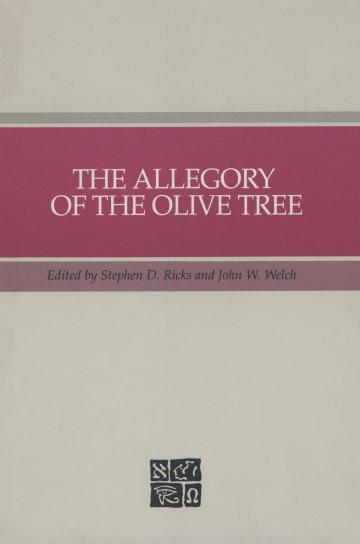Insights and Evidences for the Allegory of the Olive Tree: Book of Mormon Matters with John W. Welch and Lynne Hilton Wilson
Book of Mormon Matters with Lynne and Jack | 20 min
Summary
- The video features a discussion on the Allegory of the Olive Tree from Jacob 5.
- Interview with David Seely about a book on the Olive Tree allegory that can be read online or downloaded for free.
- Discussion includes the practical aspects of olive cultivation and its symbolism in the Bible and Book of Mormon.
- Highlights the importance of understanding olive horticulture to fully appreciate the allegory's significance.
Dig Deeper:

The Allegory of the Olive Tree: The Olive, the Bible, and Jacob 5, Edited by Stephen D. Ricks and John W. Welch. Salt Lake City: Deseret Book Company; Provo, UT: Foundation for Ancient Research and Mormon Studies, 1994.
In the Book of Mormon, the allegory of the olive tree—written by a prophet named Zenos and later quoted by the prophet Jacob to his people—stands out as a unique literary creation worthy of close analysis and greater appreciation. Besides its exceptional length and exquisite detail, this text conveys important teachings, deep emotion, and wisdom related to God’s tender devotion and aspirations for the house of Israel on earth.
In The Allegory of the Olive Tree, 20 scholars shed light on the meaning, themes, and rhetorical aspects of the allegory, as well as on its historical, cultural, and religious backgrounds. In so doing, they offer answers to questions about the significance of olive tree symbolism in the ancient Near East, who Zenos was, the meaning of the allegory, what it teaches about the relationship between God and his people, how it might relate to other ancient texts, the accuracy of the horticultural and botanical details in the text, and much more.